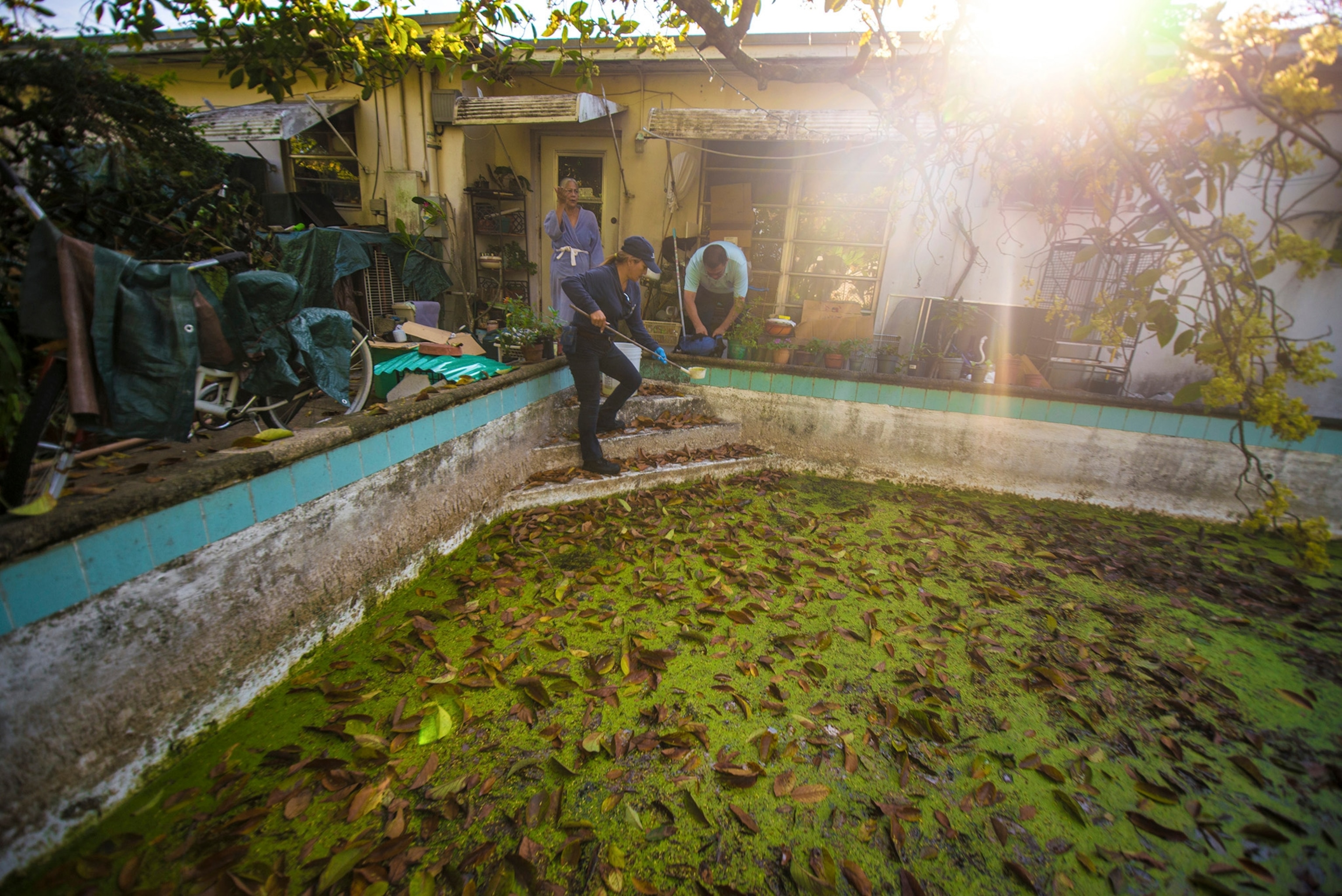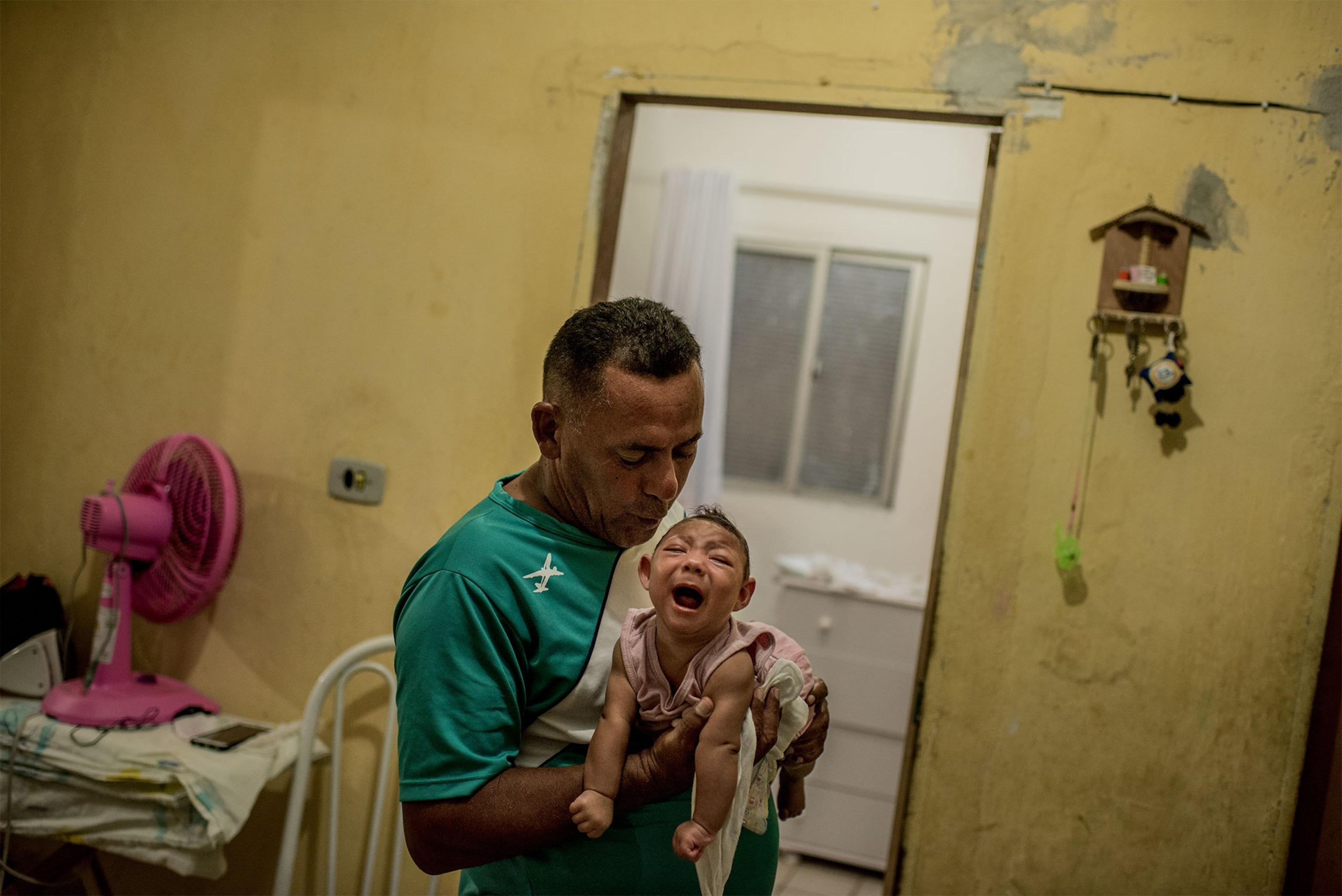
Zika Is Likely to Become a Permanent Peril in U.S.
Once Zika virus arrives in the United States, it will be here to stay. Leading experts now predict that the mosquito-borne disease will become a constant low-level threat that Americans will need to be vaccinated against routinely—as we do now for rubella, a virus that, like Zika, causes birth defects.
That is, once there is a vaccine for Zika. The earliest possible deployment of Zika vaccines could be several years away, researchers from around the globe predicted at an Atlanta conference Tuesday, the annual meeting Global Virus Network
Overall, they said, Zika should be understood not as an epidemic wave that will pass over the world and then vanish, but rather as a permanent problem that will wax and wane, as West Nile virus has
“We don’t know the future course of the epidemic of Zika, but we have to be prepared for the virus to be present for years,” José Esparza of the University of Maryland School of Medicine, current president of the Global Virus Network, said at the conference. “Without a vaccine, we will not be able to control the future course of this epidemic.”
Race for a Vaccine
Everyone reluctantly accepts that vaccines will take some time, while also expecting that infections could reach the United States soon. “The risk of Zika virus beginning to circulate in the United States on the mainland—it’s already in Puerto Rico, of course—is going to be peaking during the next few weeks,” said Scott Weaver, a virologist from the University of Texas Medical Branch.
“The number of travelers coming into the U.S. with Zika is very high, the temperatures are permissive now for mosquito transmission, and populations of mosquitos are growing,” he said.

A vaccine is most needed to protect women who are pregnant or planning to be, because the virus causes devastating birth defects
“We have no information to believe there are any long-term consequences from infection to healthy adults or healthy children,” Weaver said.
While a small vaccine trial sponsored by the National Institutes of Health could begin as early as next fall
The first Zika vaccines to be developed probably won’t go to everyone, Weaver predicted. “I think initially there will be some vaccines developed and licensed that are not optimal for vaccinating large populations, that will require multiple doses,” he said. “Those will probably be targeted to girls before they reach childbearing age, or women … if we can determine that they are not immune, if we have the diagnostics to do that.
“And then eventually we should be able to develop a live attenuated vaccine, like the one we have now for yellow fever that has been available for many decades in South America,” Weaver said. Then, he added, doctors can vaccinate children, and the population will develop what we think of as “herd” immunity that protects even the unvaccinated.

Introducing a Zika vaccine in that manner would follow the path that rubella vaccine took in the 1960s. Before the vaccine existed, epidemics of rubella (also known as “German measles”) caused only mild illness in adults; but the virus had devastating effects when it infected pregnant women. In 1964-65, the last such epidemic, 11,000 U.S. children were born deaf, 3,500 were born blind, 1,800 were born with developmental abnormalities, and women suffered 2,100 stillbirths—along with more than 11,000 miscarriages and elective abortions.
The vaccine was introduced in 1969 and put on the childhood vaccination schedule that is composed by the Advisory Committee on Immunization Practices, an expert panel that assists the CDC; it is part of the MMR (“measles, mumps, rubella”) shot given at 12-15 months and 4-6 years. Since the vaccine was introduced, there have been only a few cases of rubella in the United States each year.
While the Zika vaccine hunt proceeds, scientists said at the Atlanta conference, it’s imperative to create easy-to-use tests to identify infected people, most of whom show no symptoms. Right now, it is difficult even to ascertain how many people in the Zika zone are already immune, since the current tests for diagnosing Zika infection, which were developed by the Centers for Disease Control and Prevention, are not commercially or widely available.
Zika’s Imminent Arrival
Travelers to the United States, whether visitors or residents returning home, are likely to be the reason that Zika ignites in the U.S. Weaver urged anyone traveling in the Zika zone to be scrupulous with mosquito repellent not just while there, but also for two weeks after they return, to be sure that they do not accidentally transmit the disease to U.S. mosquitos.
“It only takes one infected person to arrive and be bitten and the transmission cycle takes off,” Weaver said.
In the gap before a vaccine can arrive, the researchers said it’s important to achieve antiviral drugs that can work against the virus, and research presented at the conference suggests that combinations of drugs already on the market could be used in the short term.

“These are drugs that have been used for a long time in people, so the safety issue is not a problem,” said Glaucius Oliva, a structural biologist from the Sao Carlos Institute of Physics at the University of Sao Paulo. “Repurposing drugs could begin in a year or two, whereas new drugs will take longer—10 years, maybe eight.”
Because so much research is needed, scientists sounded especially concerned that funding for Zika work in the U.S. has not yet been authorized. Congress went on recess without approving
“A lot of the scientists in the U.S. are waiting for the floodgates to be opened with funding; a lot of the work that has been done so far has been done with shoestring budgets,” Raymond Schinazi, director of Emory’s Laboratory of Biochemical Pharmacology, said.
“This takes fuel, and the fuel unfortunately is very limited right now.”
